“Poland is at its closest to open conflict since World War Two,” warned Prime Minister Donald Tusk, after a sudden Russian airspace violation rattled the country. On September 9, a swarm of Russian drones entered Polish skies, prompting NATO aircraft to scramble and intercept several of them. It marked the first direct encounter between NATO and Moscow since Russia’s full-scale invasion of Ukraine on February 24, 2022. While the incident might have been a test by Putin to gauge NATO’s and Europe’s response, it also raises the specter of a potential war between Poland and Russia. Given Poland’s critical role within NATO and the EU, far greater than Ukraine’s, the implications of such a conflict would place the entire continent in Jeopardy. The pressing question now is: how likely is this war to erupt, and would Europeans bear the brunt?
Congrats Poland, You Are Next!
Tensions in Eastern Europe are escalating at a quick pace. The September 9 incident, when Russian drones breached Polish airspace, marked one of the most alarming developments since World War II. Poland’s geographical position places it as a likely next target should Putin choose to expand the conflict beyond Ukraine’s borders. For now, peace in Ukraine remains a distant prospect, U.S. President Donald Trump already admitted that his talks with Putin failed to achieve any breakthrough toward ending the war. While many question Putin’s capacity to push his offensive beyond Ukraine, strategic preparedness should never rely on the dangerous assumption of underestimating one’s adversary.
It goes without saying that if the war were to expand, Poland would be Putin’s preferred target. As the non-nuclear NATO member geographically closest to Russia and one of the most frequently targeted by cyberattacks, Poland stands in a uniquely vulnerable position. Recent ECFR polling indicates that, among its European counterparts, Poland is the most anxious about a direct Russian assault or even the outbreak of a third world war. The country faces immediate threats on several fronts, with Russia’s heavily fortified Kaliningrad exclave between Poland and Lithuania hosting advanced S-400 anti-access missile systems, and Belarus serving as a staging ground for the invasion of Ukraine. Should Russia overpower Ukraine, Putin would gain control of Poland’s entire eastern frontier, except for the 68-mile (109 km) Suwałki Gap that connects it to the Baltic states. Moreover, Putin recently declared that any Western troops deployed to Ukraine would be considered legitimate targets.
The Poles have been aware of this reality from the very beginning. The country allocates nearly 5% of its GDP to defence, more than any other NATO member, including the U.S. While President Trump seeks to bring the war in Ukraine to an end, Poland is doing everything possible to prevent another Russian invasion. As Ukraine’s neighbour and host to more than two million of its war refugees, Poland has seen, heard, and felt what Russia is capable of, and it is now bracing for the worst.
Additionally, Public sentiment reflects a deepening sense of insecurity and institutional strain. Attitudes have shifted notably since the war began: in May 2022, three months after Russia’s invasion of Ukraine, 67% of Poles believed it would be “good for Poland if Ukrainians currently staying in Poland were to remain for many years.” By 2025, however, support had dropped to 45%, and 86% of Poles opposed sending Polish troops to Ukraine. Although Poland was not the sole target in the recent airspace violation, Warsaw remains in an acutely vulnerable position, with Europe’s internal divisions making the situation all the more difficult for the Poles.
Any Help, at least?
In the meantime, NATO is expected to stand firmly behind Poland. However, internal dynamics within Europe do not seem to support this assumption, especially given Trump’s confrontational stance toward America’s European allies, a pattern that has persisted since his first day in the Oval Office. This is not to suggest that NATO is ineffective; discussions are already underway regarding the establishment of a so-called “drone wall.” Indeed, it is likely that the alliance’s presence remains one of the few factors deterring Putin from escalating further. Yet, the reality is that NATO politics may be constraining Poland from taking the decisive measures it deems necessary at this stage. The recent Russian incursions into European, primarily Polish, airspace were not necessarily acts of war, but rather a calculated test for Europe’s leaders, a mock examination of their resolve. Unfortunately, they appear to have failed it. Trump downplayed the incident, suggesting it might have been accidental, a claim Poland categorically rejected. The visible split within the alliance is precisely the kind of outcome Moscow was hoping to provoke.
Moreover, NATO’s political preference for de-escalation with Russia can, at times, be misleading. The recent confrontation between Israel and Iran last June , also known as the 12-day war, serves as an example. Despite concerns that Israel’s stockpile of missiles and interceptors might not sustain a prolonged conflict, and that attrition was inevitable, Israel responded with force to the Iranian strikes. The key difference was Israel’s awareness of its unconditional American backing, which emboldened it to act aggresively. Poland, however, does not enjoy such a luxury. In a poorly timed remark, former German Chancellor Angela Merkel partly blamed Poland and the Baltic states for the war in Ukraine, suggesting that their refusal to allow direct talks between herself, Putin, and French President Emmanuel Macron contributed to the tensions leading up to Moscow’s 2022 invasion.
Crucially, Poland’s readiness to act as a logistical hub for Ukraine was conditional on the U.S. doing the same; Warsaw’s early support for Kyiv relied on securing an American guarantee for its own defence. However, such an arrangement now appears increasingly unlikely under a second Trump administration. Washington has explicitly ruled out any ground deployments, restricting its security commitments to intelligence, surveillance, and air support. This leaves Poland with few viable options. Warsaw continues to adhere to the no-troops-on-the-ground policy, which is reasonable given that, although fully committed to aiding Ukraine, it cannot risk becoming directly entangled in a war with Russia. The only remaining option, shaped by the growing intimidation and harassment from Russia, such as recent aerial incursions, would be to retaliate, yet this too is constrained by NATO’s reluctance to escalate. As a result, the Poles find themselves constrained by both their European and American partners.
The issue goes beyond mere unwillingness; it also reflects a degree of inability. Is NATO currently capable of deterring Russia from intimidating Poland? The interceptors launched by NATO’s jets and ground-based air defences are both costly and in limited supply. Unlike Ukraine, the alliance lacks affordable methods of interception. While a dozen or so drones pose little threat, facing hundreds would be an entirely different matter, one the alliance cannot afford to overlook. According to the American think tank CSIS, in 2022 a typical Russian strike on Ukraine involved around 100 weapons and occurred roughly once a month. By 2025, with Russia producing far greater quantities of ammunition, that figure has risen to nearly 370 munitions per strike, with attacks taking place every eight days. If NATO were forced to counter such assaults, its stock of interceptors would deplete alarmingly fast, though in a full-scale conflict it would likely target launch sites and depots directly to address the threat at its source.
Europe, You Can’t Bear it
A war between Russia and Poland would have devastating consequences for Europe and the West. The damage would extend far beyond security concerns, striking at the very idea of “the West” itself. How could European countries fall, one after another, to Russian aggression? The stakes in Poland are even higher than in Ukraine, owing to Poland’s significance to the continent. As the continent’s fifth most populous member and one of its fastest-growing economies, Poland’s political weight lies in its deep integration into Western political and security structures.
Poland now ranks among the largest economies in Europe. Alongside Britain, Germany, and France, it is increasingly referred to in European media as the continent’s “D’Artagnan,” after the famed character from The Three Musketeers. In recent years, Poland has quietly evolved into one of Europe’s most underestimated military and economic powers, boasting an army larger than those of Britain, France, or Germany, and living standards, adjusted for purchasing power, on the verge of surpassing Japan’s. Poland has also become a cornerstone of European defence. It has evolved from a peripheral actor into a central force in shaping the continent’s security posture. Notably, the political shift in 2023 brought a more pro-EU government to power, easing tensions with Brussels and marking a clear break from the confrontational approach of its predecessor. Poland’s growing defence expenditure and ambitious military modernisation underscore its determination to confront regional security threats and to reinforce NATO’s collective defence.
According to the Kiel Institute for the World Economy, since 2022 Poland has ranked eighth in terms of GDP share devoted to total aid for Ukraine, covering humanitarian, financial, and military assistance, and in the proportion allocated specifically to military support. Its contributions include roughly $600 million worth of tanks: over 250 Soviet-era T-72s, more than 30 Polish-made PT-91 Twardy tanks, and 14 German Leopard 2A4 main battle tanks. Additional support comprises over 250 BWP-1 infantry fighting vehicles, 100 KTO Rosomak armoured personnel carriers, around nine BRDM-2 reconnaissance vehicles, more than 100 self-propelled guns, and over 30 BM-21 Grad rocket launchers. Poland has also played a key coordinating role in the delivery of international military aid. As of November 2024, out of nearly 800 tanks supplied to Ukraine by foreign partners, Poland facilitated the transfer of more than 350. The POLLOGHUB in Rzeszów, established with U.S. support, now serves as a vital logistical centre for military assistance to Ukraine, with an estimated 80% of all military donations passing through Polish territory.
Beyond the tangible losses of money, arms, or even territory, another consequence must not be overlooked should Poland be lost: the rise of far-right nationalism, which would overshadow all other sentiments. In times of war, extremism tends to surge while political moderation weakens. The far right is already gaining traction in Poland; in May, nationalist conservative candidate Karol Nawrocki’s narrow presidential victory, backed by Trump, underscored the inability of progressive forces to stem its rise. This places Europe in an unenviable position, as one of its largest countries now faces mounting internal and external threats. Poland’s involvement in a war would spell a catastrophe that Europe is ill-prepared to endure.
References
AP News. “Drone Denmarks: Police Strengthen Security after Incidents.” Last modified 2025. https://apnews.com/article/drone-denmark-police-security-8e8119cfbc0e276cee1f37ff5ead11d8
AP News. “Europe Drones, Jets: Russia Incursions Raise Concerns.” Last modified 2025. https://apnews.com/article/europe-drones-jets-russia-incursions-3ae58e3286cd88e893908b17b1e82912
AP News. “Europe Drone Wall: Russia-Ukraine War Heightens Airspace Security.” Last modified 2025. https://apnews.com/article/europe-drone-wall-russia-ukraine-war-0330c4d8ca34659626d85a39ff03828f
AP News. “Russia, NATO Drones: Estonia, Latvia, Lithuania Respond to Threats.” Last modified 2025. https://apnews.com/article/russia-nato-drones-estonia-latvia-lithuania-50636d55bff486b74e73ab947076744f
ECFR (European Council on Foreign Relations). “Home and Away: Why Poland Is Fighting a War on Two Fronts.” Last modified 2025. https://ecfr.eu/article/home-and-away-why-poland-is-fighting-a-war-on-two-fronts/
Politico. “Angela Merkel Blasts Poland and Baltics for Sharing Blame in Russia’s Invasion of Ukraine.” Last modified 2025. https://www.politico.eu/article/angela-merkel-blast-poland-baltics-share-blame-russia-invasion-ukraine/
The Economist. “Europe’s New Battle to Defend Its Skies from Russia.” Last modified September 14, 2025. https://www.economist.com/europe/2025/09/14/europes-new-battle-to-defend-its-skies-from-russia?utm_campaign=trueanthem&utm_medium=social&utm_source=linkedin
Wilson Center. “Security in Europe: Poland’s Rise as NATO’s Defense Spending Leader.” Last modified 2025. https://www.wilsoncenter.org/article/security-europe-polands-rise-natos-defense-spending-leader

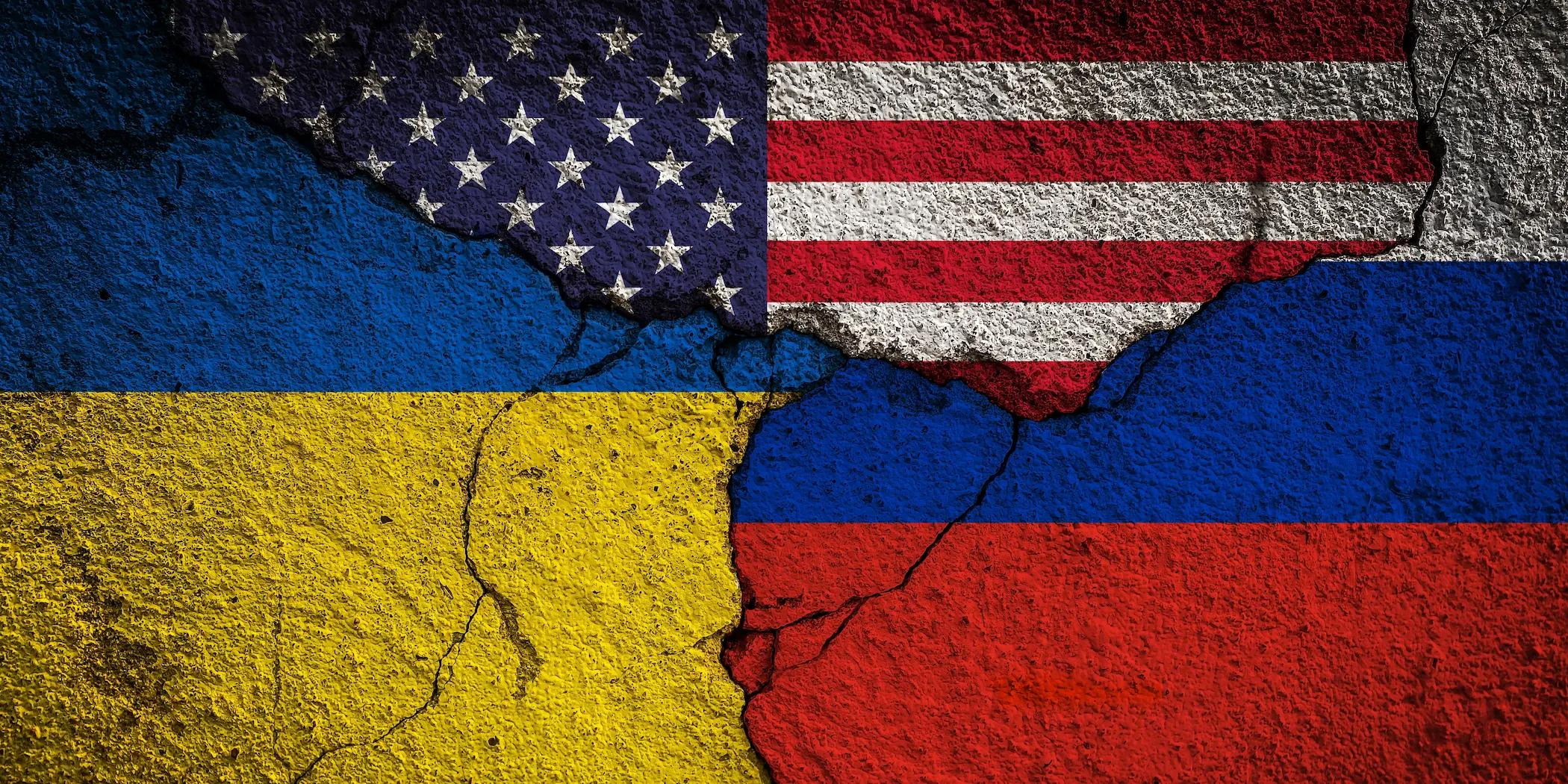
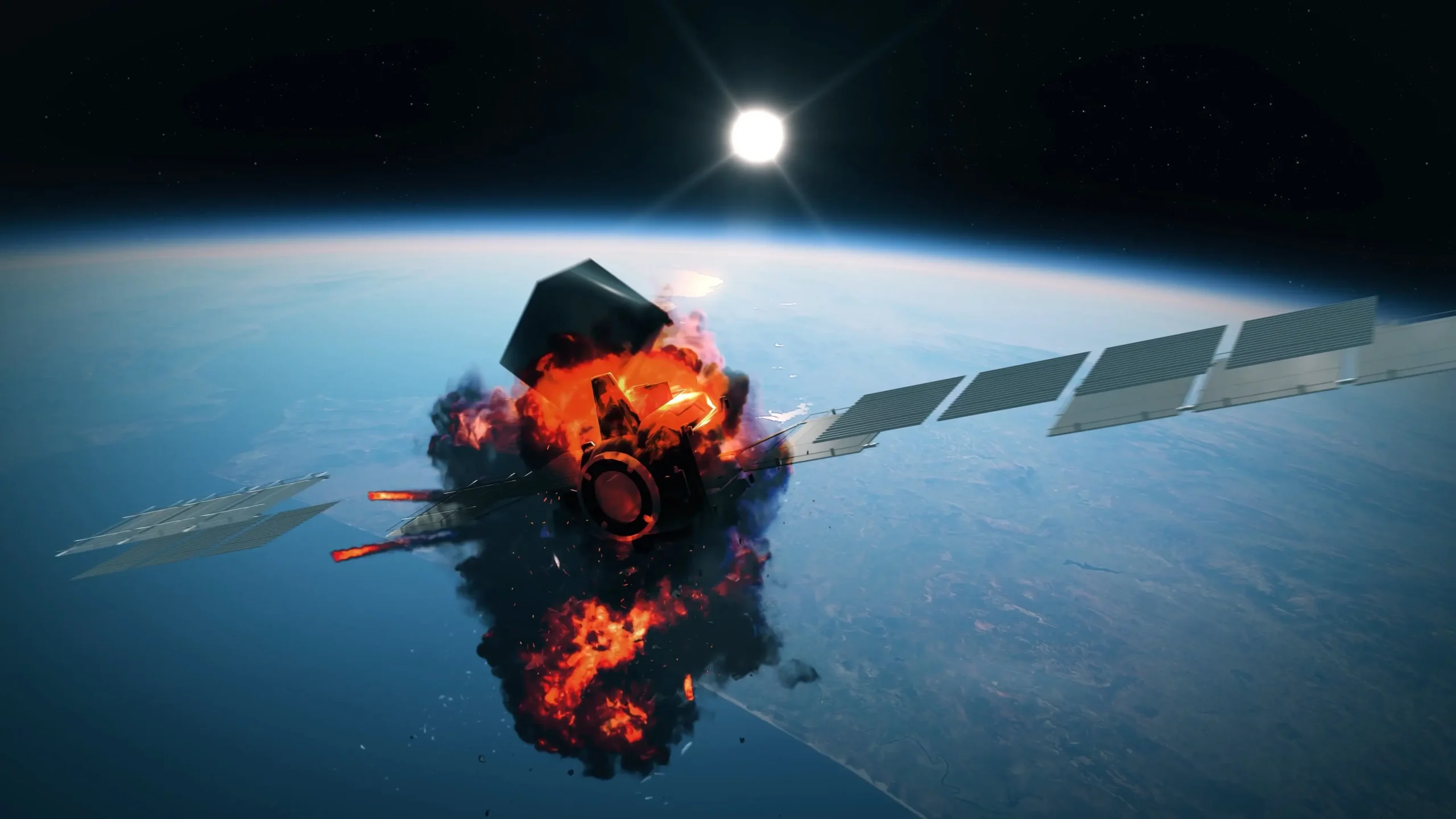

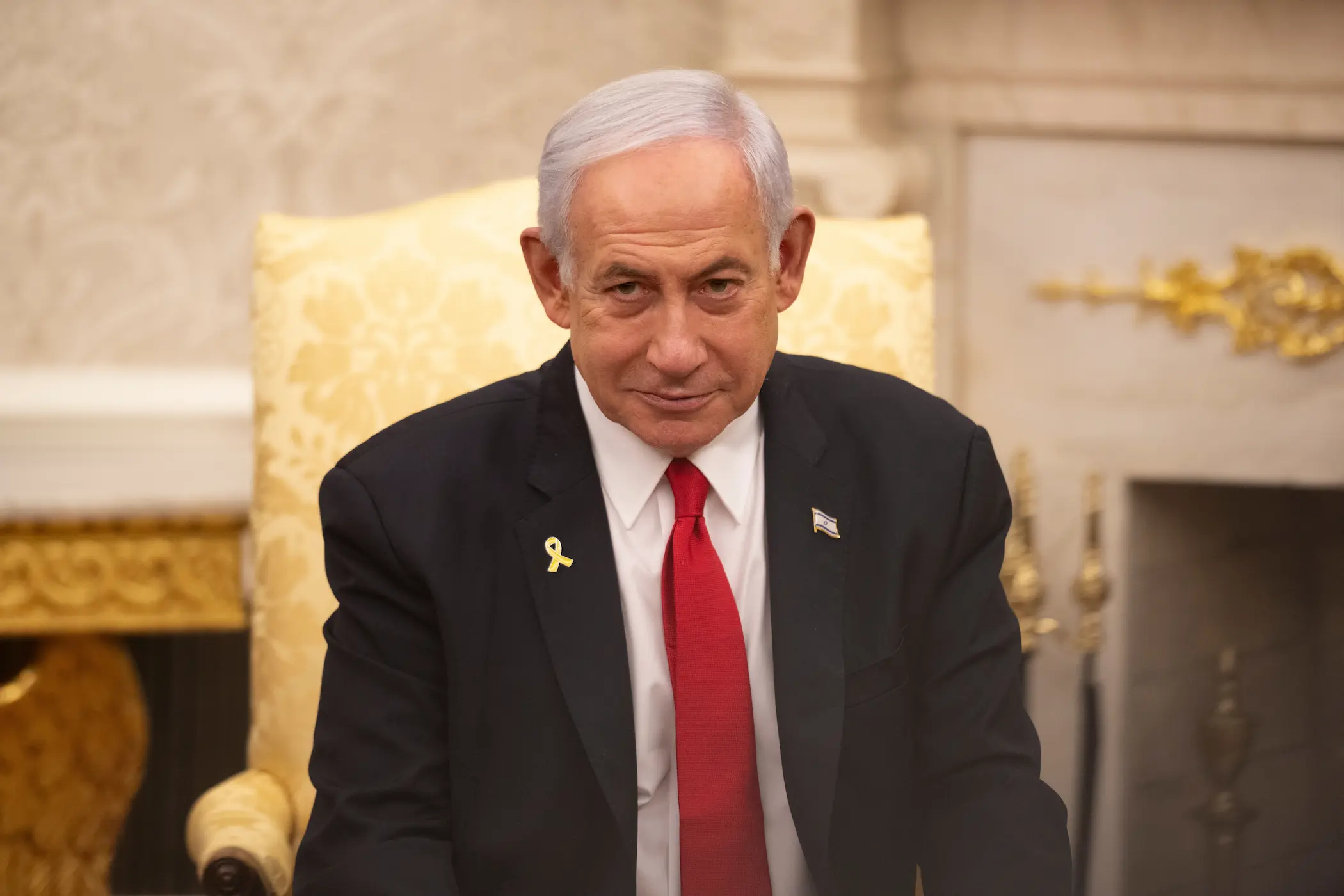
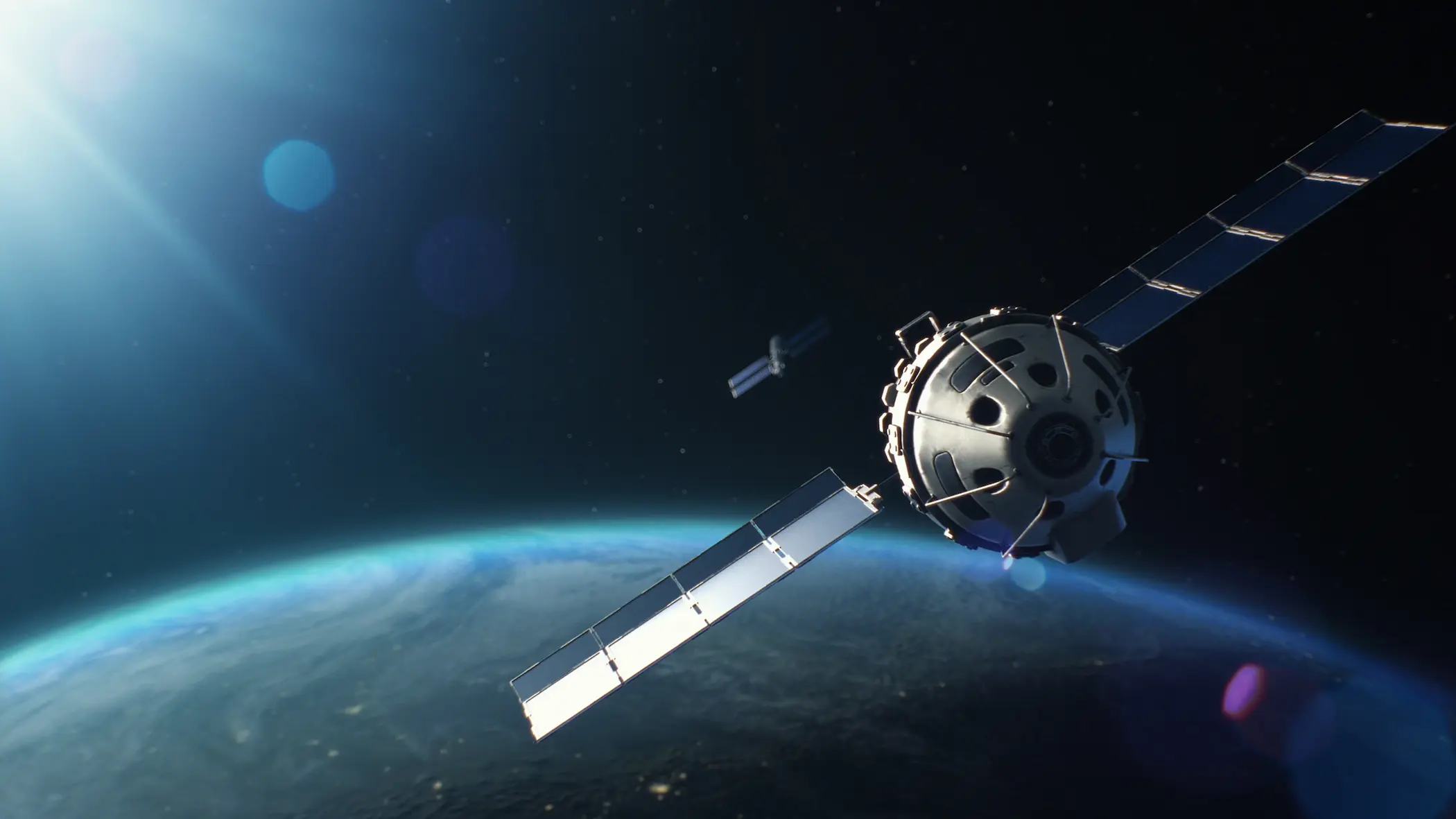
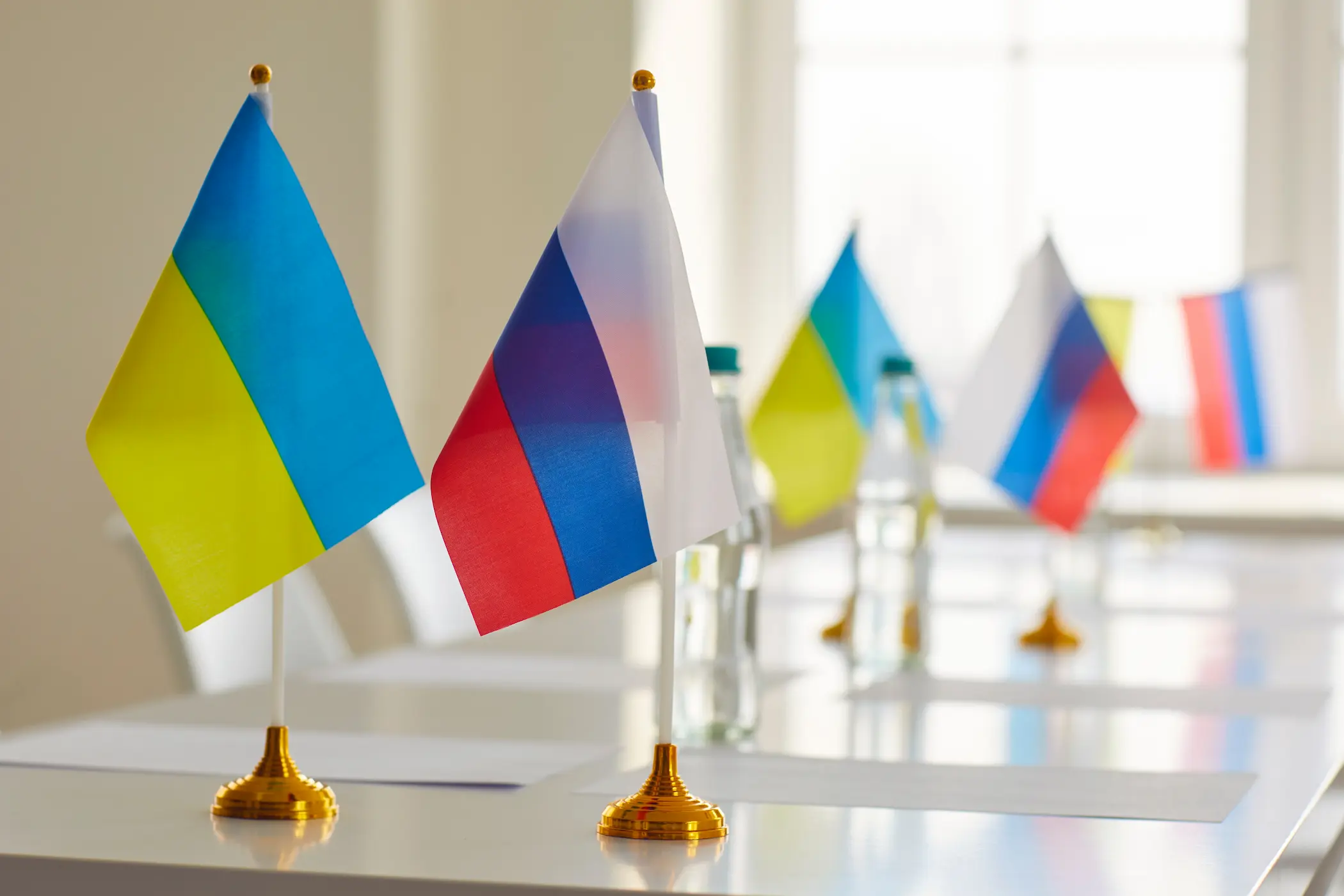
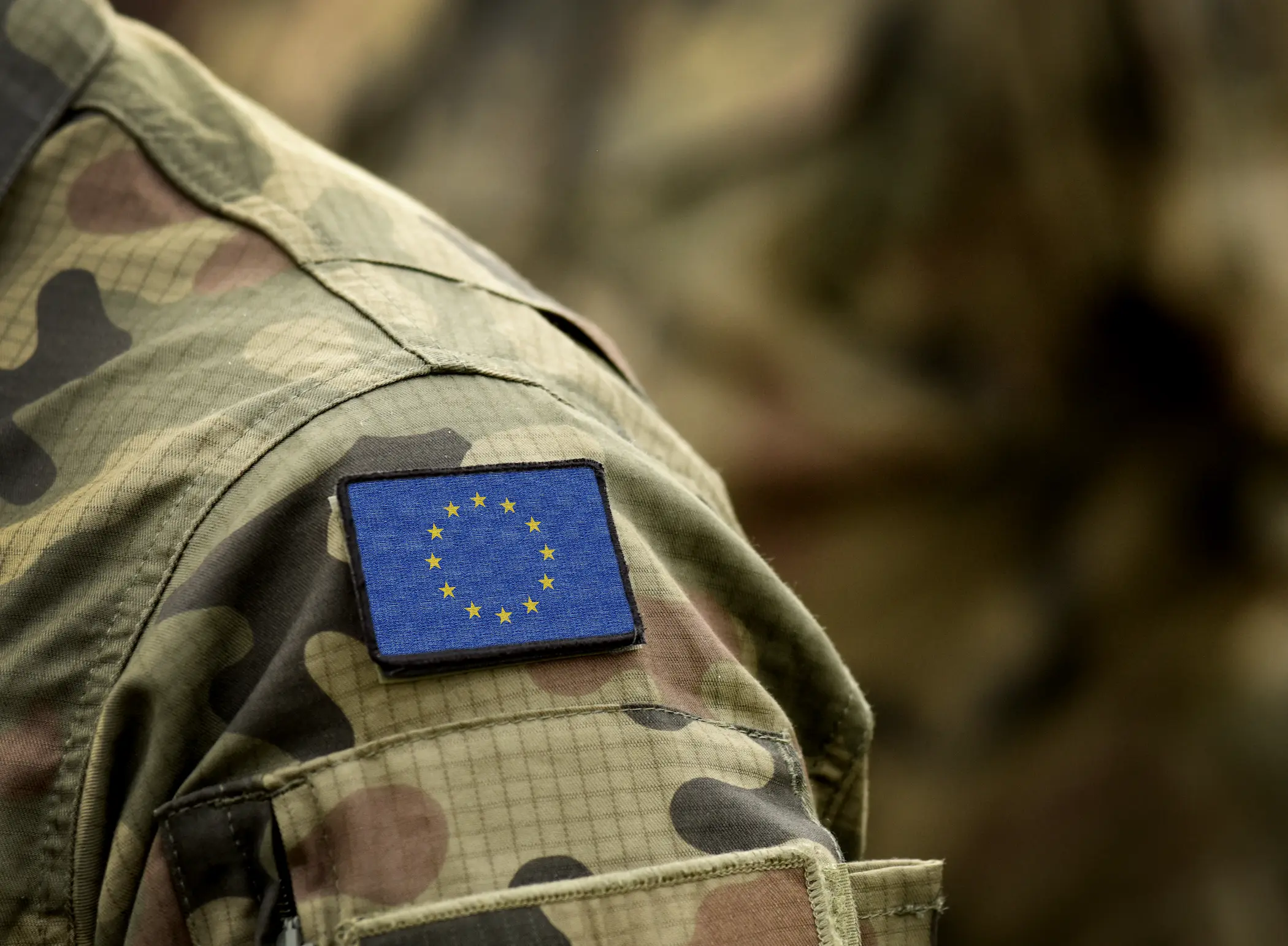
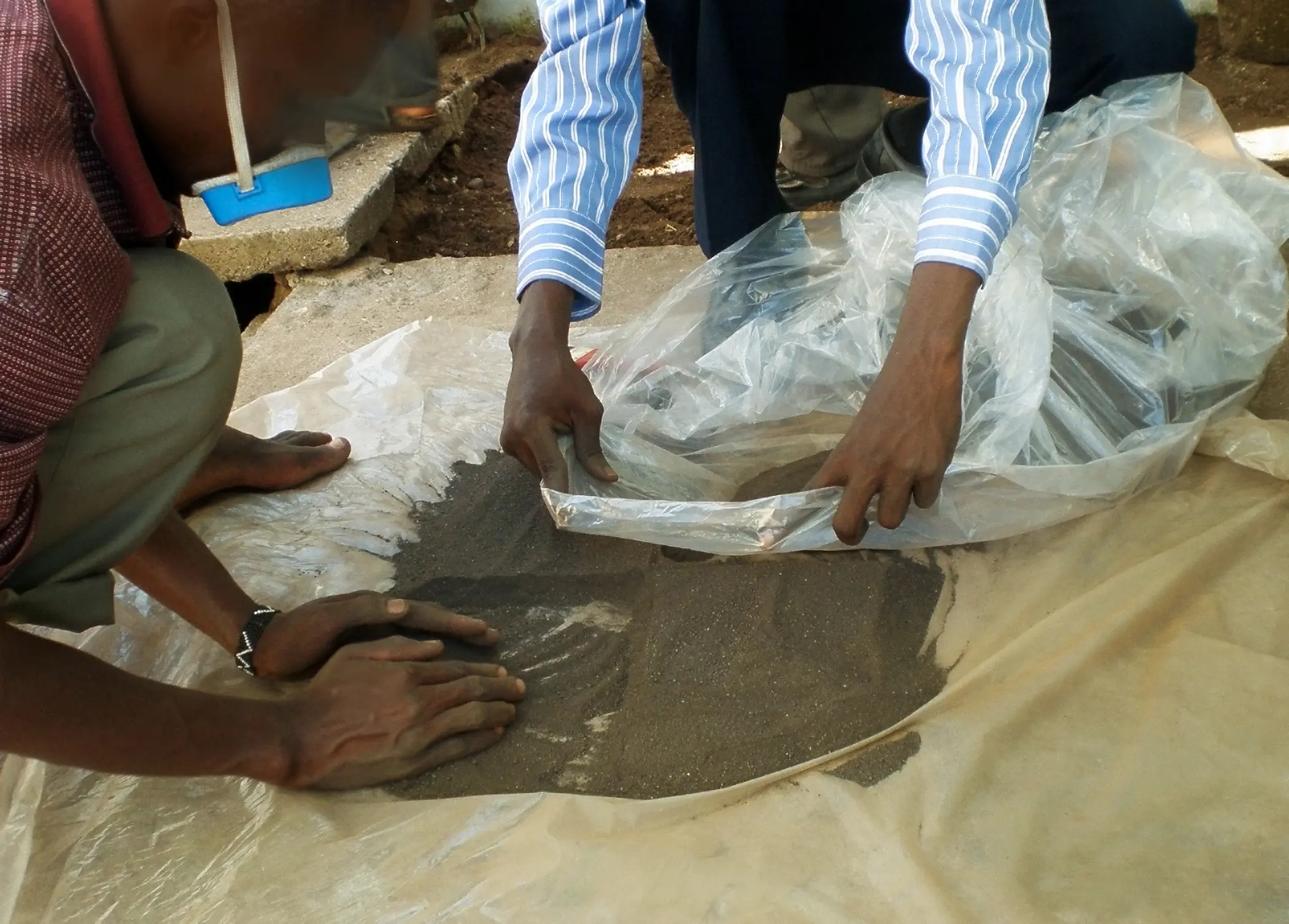

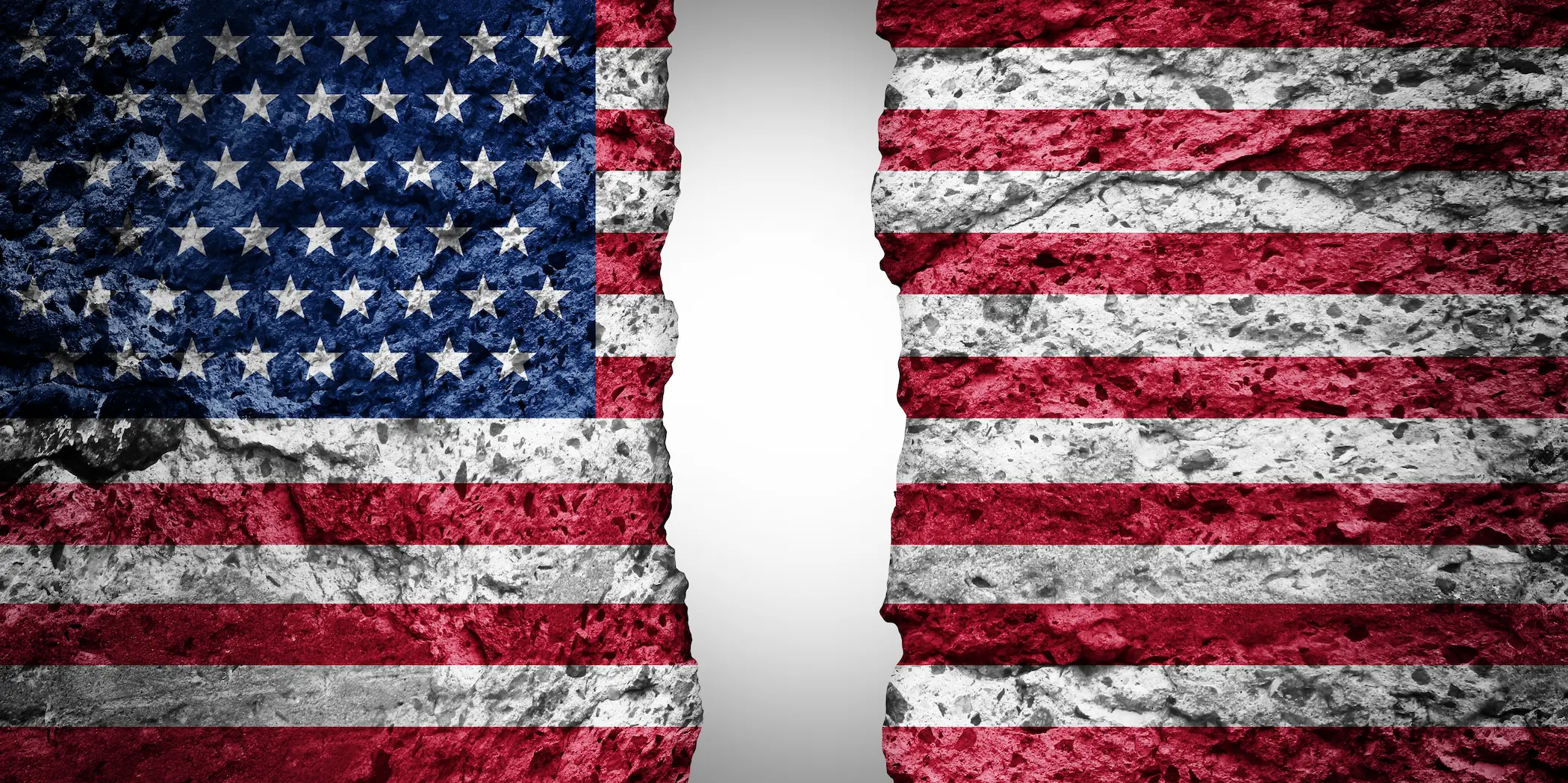
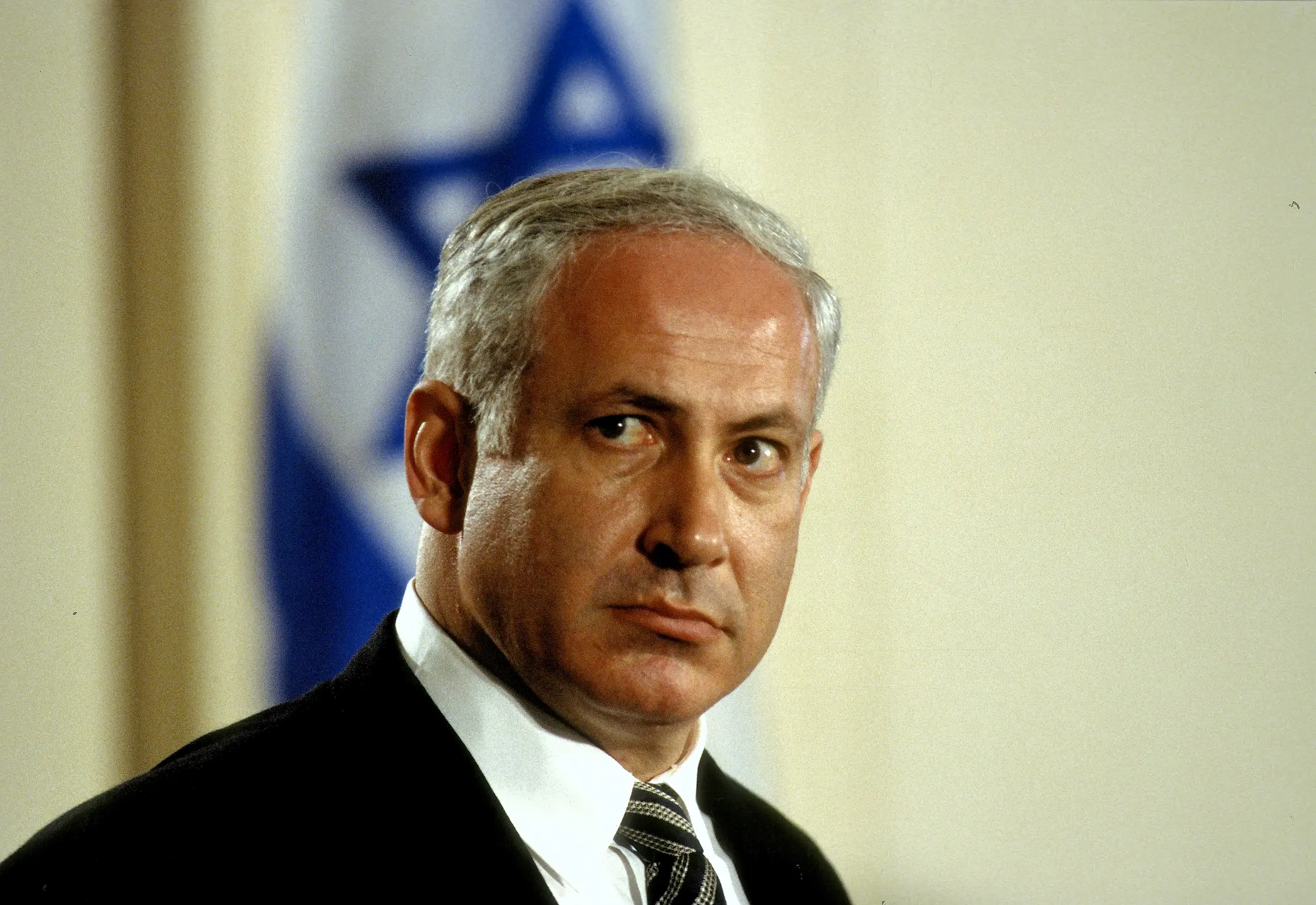
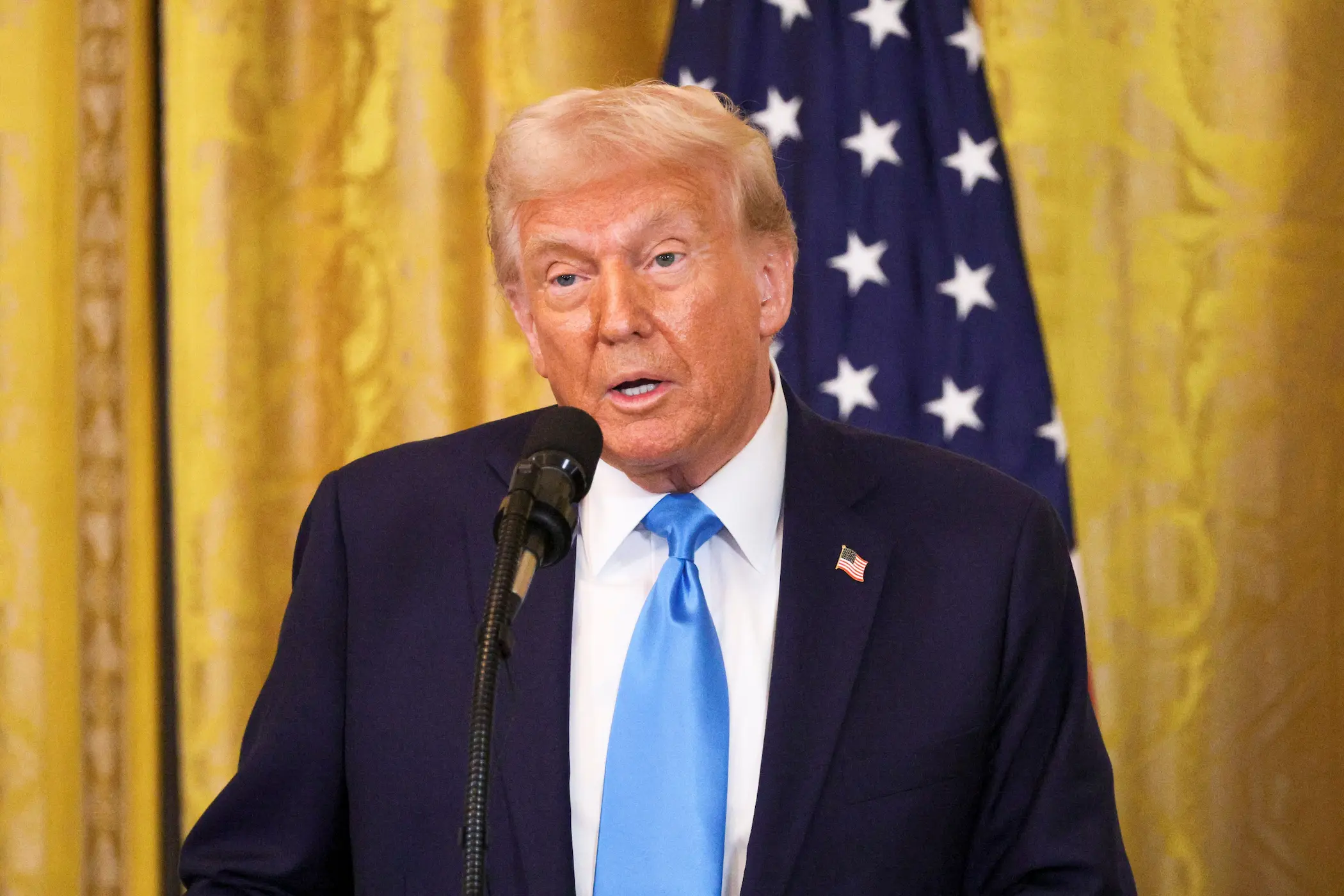
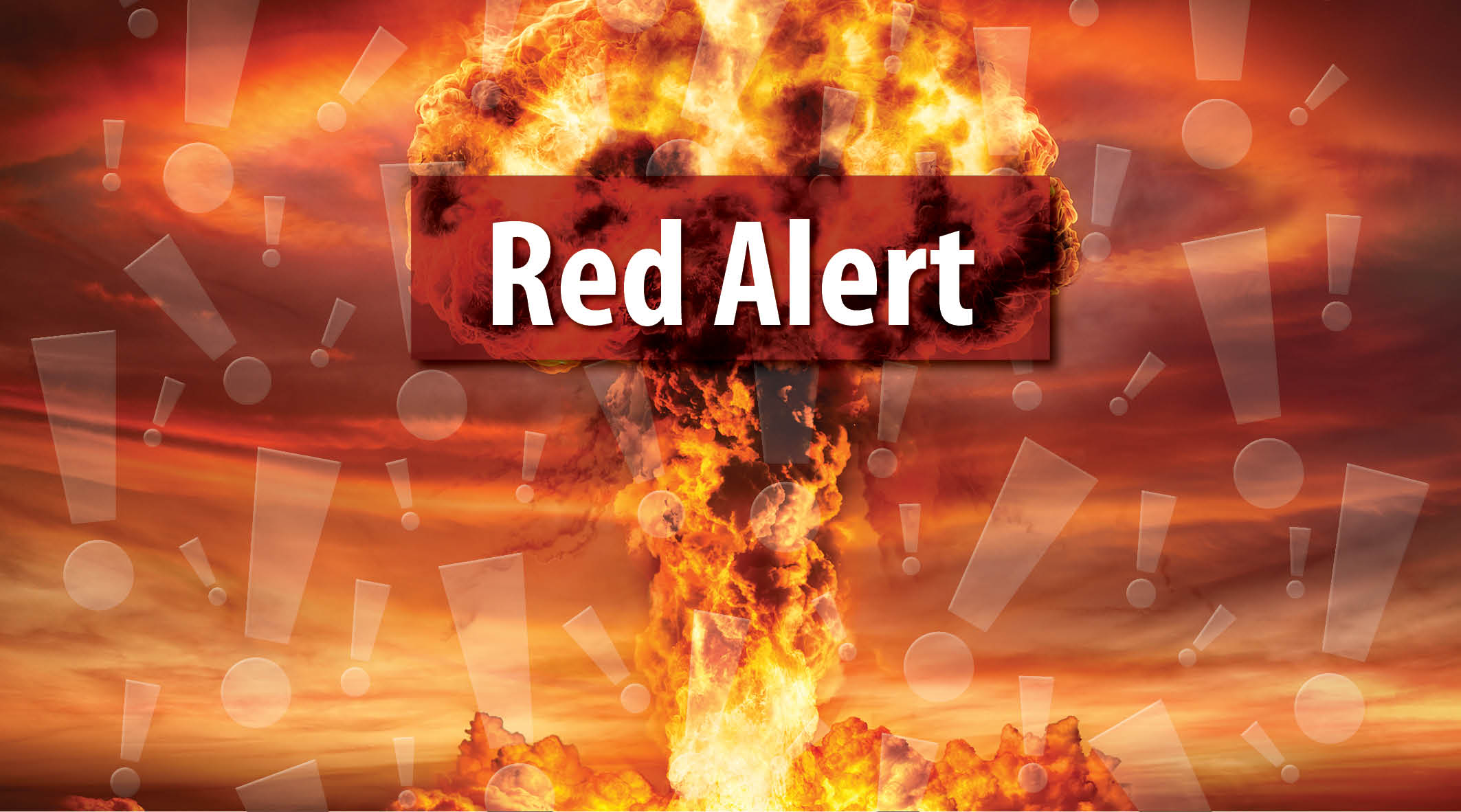
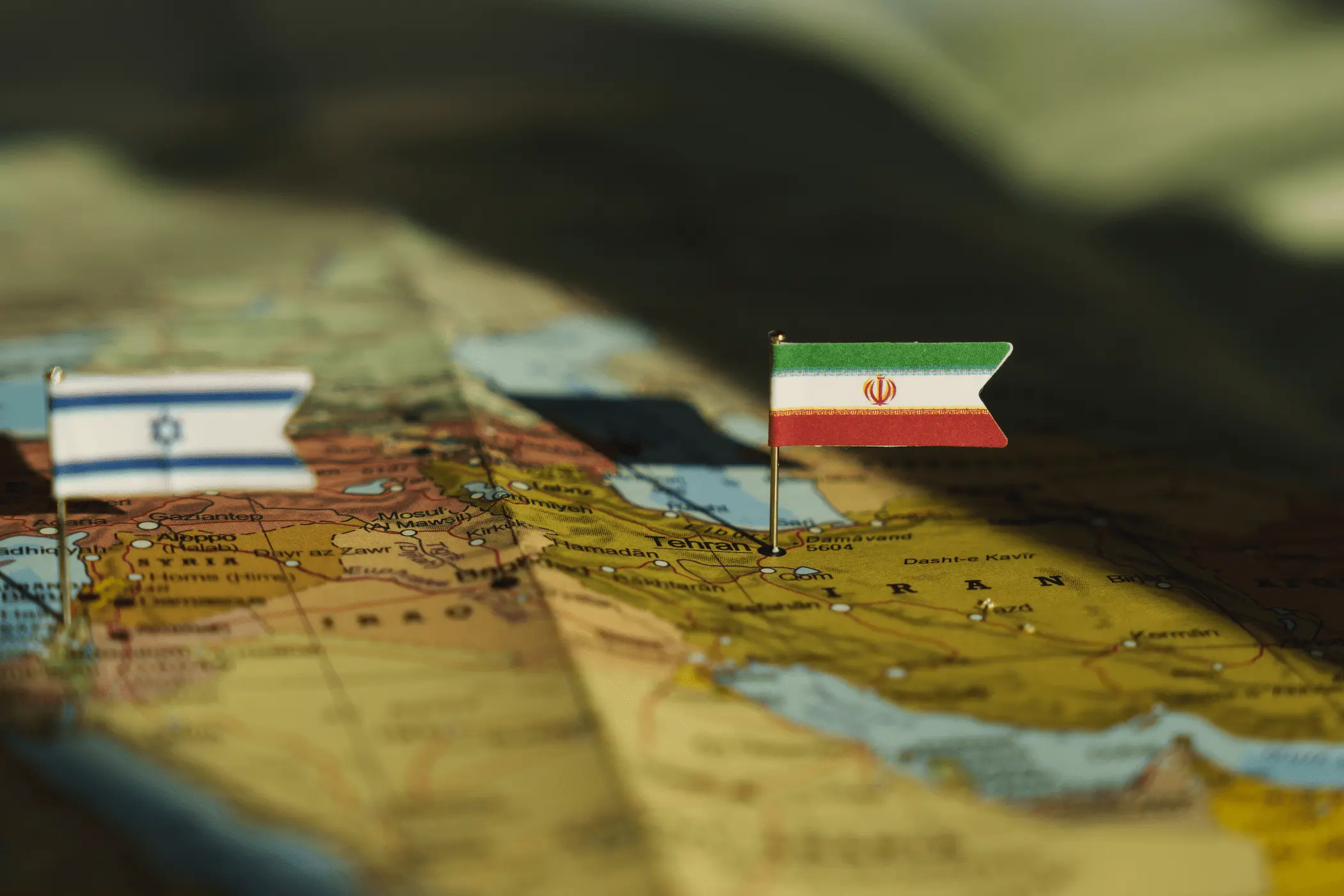




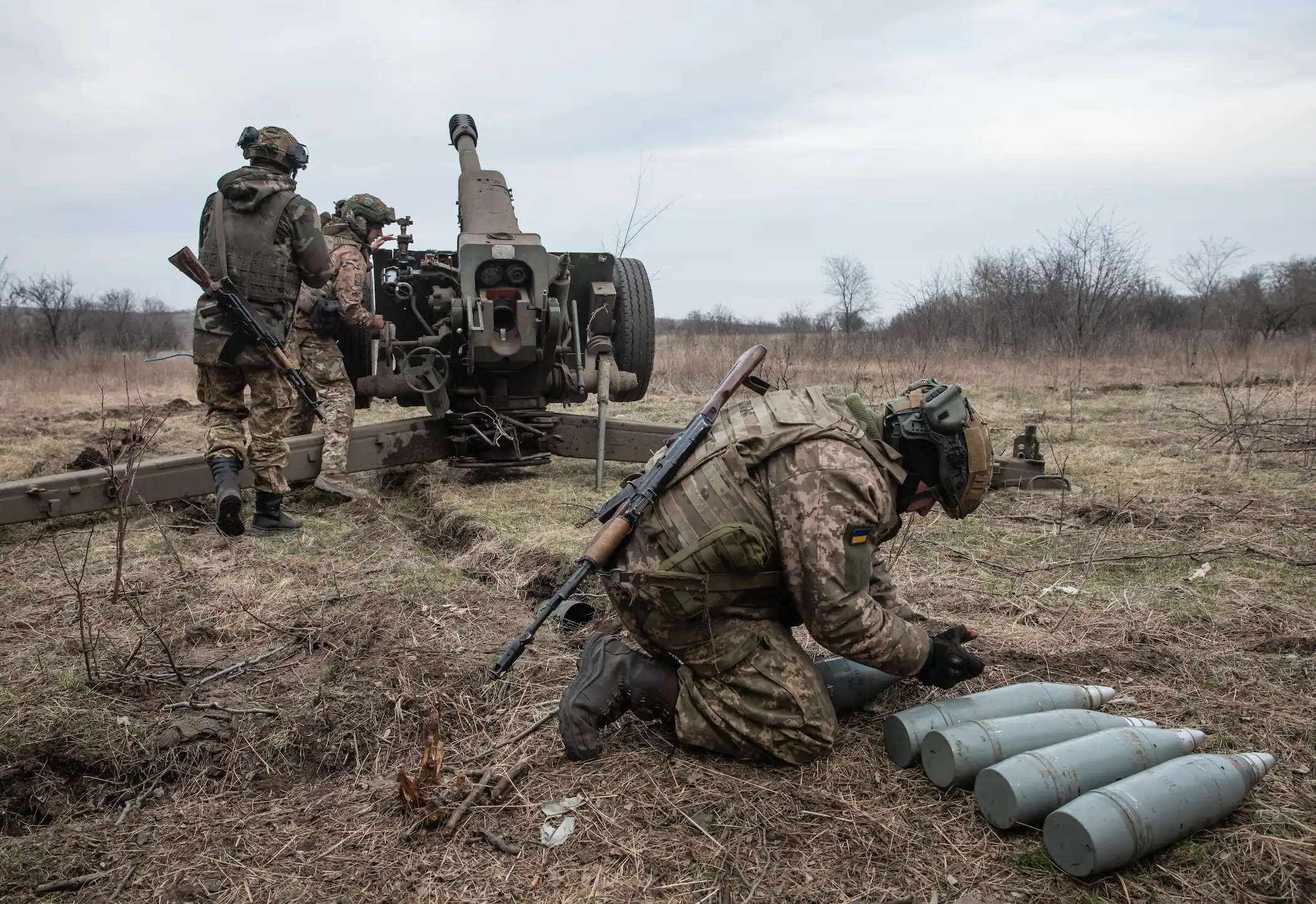


Comments